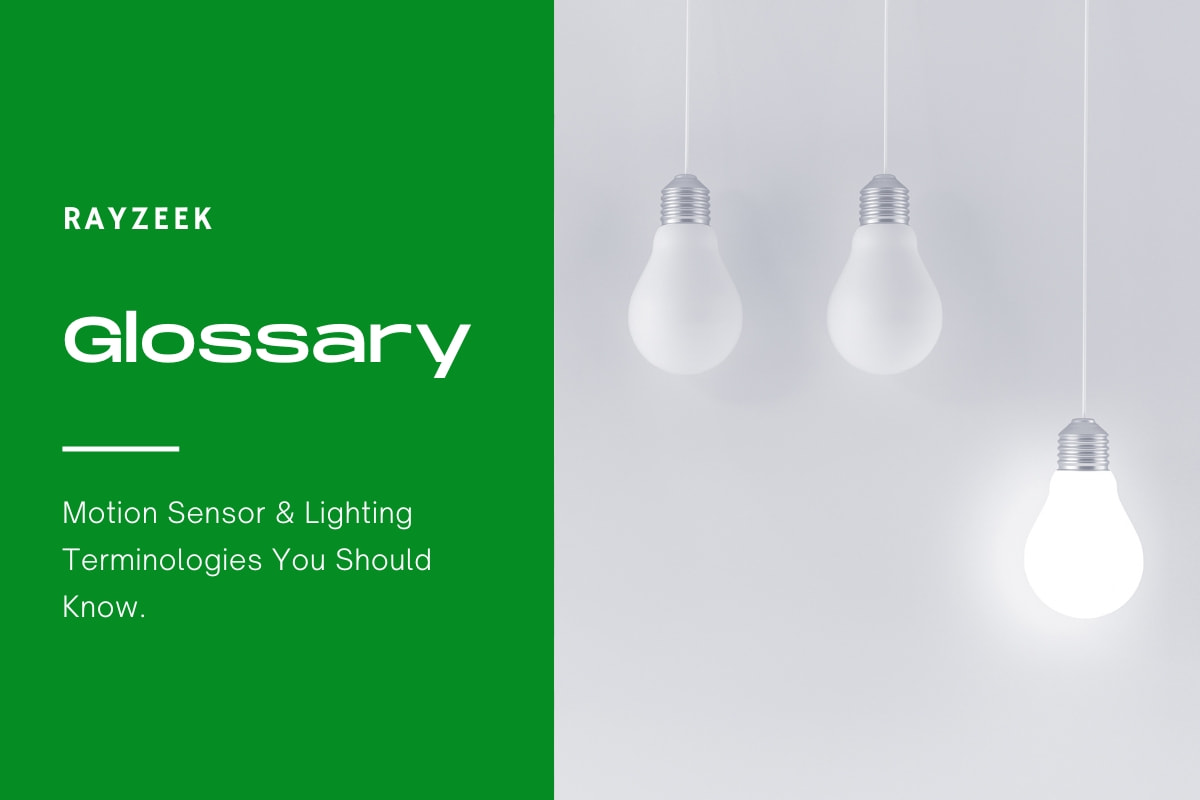What is Recessed Lighting
Recessed lighting, also known as can lighting or downlighting, is a type of lighting fixture that is installed into a ceiling or wall cavity, creating a clean and streamlined look. The main body of the fixture, called the housing, is hidden within the structure, while the visible part, known as the trim, can be seen from the room. This type of lighting is designed to provide focused and ambient lighting by directing the light downward.
Looking For Motion-Activated Energy-Saving Solutions?
Contact us for complete PIR motion sensors, motion-activated energy-saving products, motion sensor switches, and Occupancy/Vacancy commercial solutions.
The housing of a recessed lighting fixture is typically made of metal and is installed within the ceiling or wall cavity. It serves as a protective enclosure for the electrical components of the fixture and provides support for the trim. The trim, which is available in various styles and finishes, is the visible part of the fixture that can be seen from the room. It covers any gaps between the housing and the ceiling or wall, creating a seamless and finished appearance.
Recessed lighting fixtures can be adjustable or fixed. Adjustable fixtures allow for the direction of the light to be changed, providing flexibility in lighting design. Fixed fixtures, on the other hand, have a fixed direction of light and are often used for general or ambient lighting purposes.
Recessed lighting can blend seamlessly into the ceiling or wall, creating a clean and unobtrusive look. It is commonly used in residential and commercial spaces, such as kitchens, living rooms, hallways, and offices, for its versatility and ability to provide focused and ambient lighting. The recessed design helps to minimize glare and shadows, providing a more even and balanced lighting distribution.
Get Inspired by Rayzeek Motion Sensor Portfolios.
Doesn't find what you want? Don't worry. There are always alternate ways to solve your problems. Maybe one of our portfolios can help.
Frequently Asked Questions
Should Bedrooms Have Recessed Lighting
Recessed lighting is an excellent option for illuminating your bedroom with ambient or general lighting, creating a bright and airy atmosphere. Additionally, you can position them strategically to highlight specific areas or features of your bedroom.
Should You Put Recessed Lights Over TV
Repositioning the lighting fixtures to install recessed lights above the TV or placing ambient lighting behind the screen can enhance the overall brightness of the room without causing any glare on the screen. To achieve the same effect, you can either opt for specialized bias light fixtures designed for home entertainment areas or make use of your existing home lighting.
What Lighting Is Best for Bedrooms
Warm lighting is typically the preferred option for bedrooms, particularly for bedside lamps and reading lights. This type of lighting emits a softer, less intense light that is conducive to promoting restful sleep.
What Is the Rule for Recessed Lighting
A helpful guideline for recessed lighting placement is to calculate half of the ceiling height. This measurement indicates the appropriate spacing between each light. For instance, if the ceiling is 8 feet high, the recommended recessed lighting spacing would be 4 feet between each light. This arrangement ensures adequate illumination for the entire room.
Does Recessed Lights Increase Home Value
Modern LED recessed lights are not only space-saving and energy-efficient, but they also enhance the appearance of your rooms. Most potential buyers will appreciate these lights, which could potentially increase the value of your home.
What Is the Difference Between Ceiling Light and Recessed Light
Recessed lights are lights that are installed into the ceiling, usually with a metal housing that may or may not be visible. On the other hand, ceiling lights are mounted onto the ceiling and hang down in various ways.
What Is the Difference Between Can Lights and Recessed Lights
Can lights, also known as recessed lights, are lights that are installed in an opening in a ceiling. They are called “can lights” because their housings are cylindrical and resemble cans. The installation process involves inserting a light bulb into an empty can, which is then placed into the hollow opening in the ceiling.









